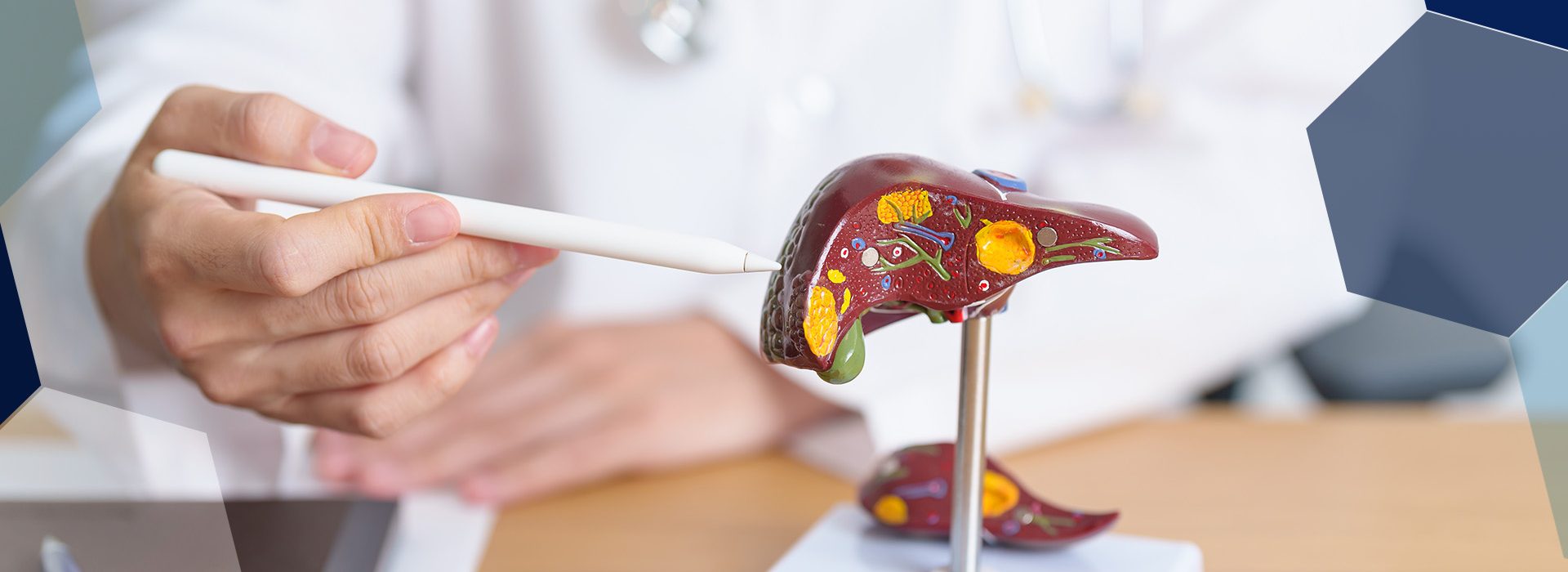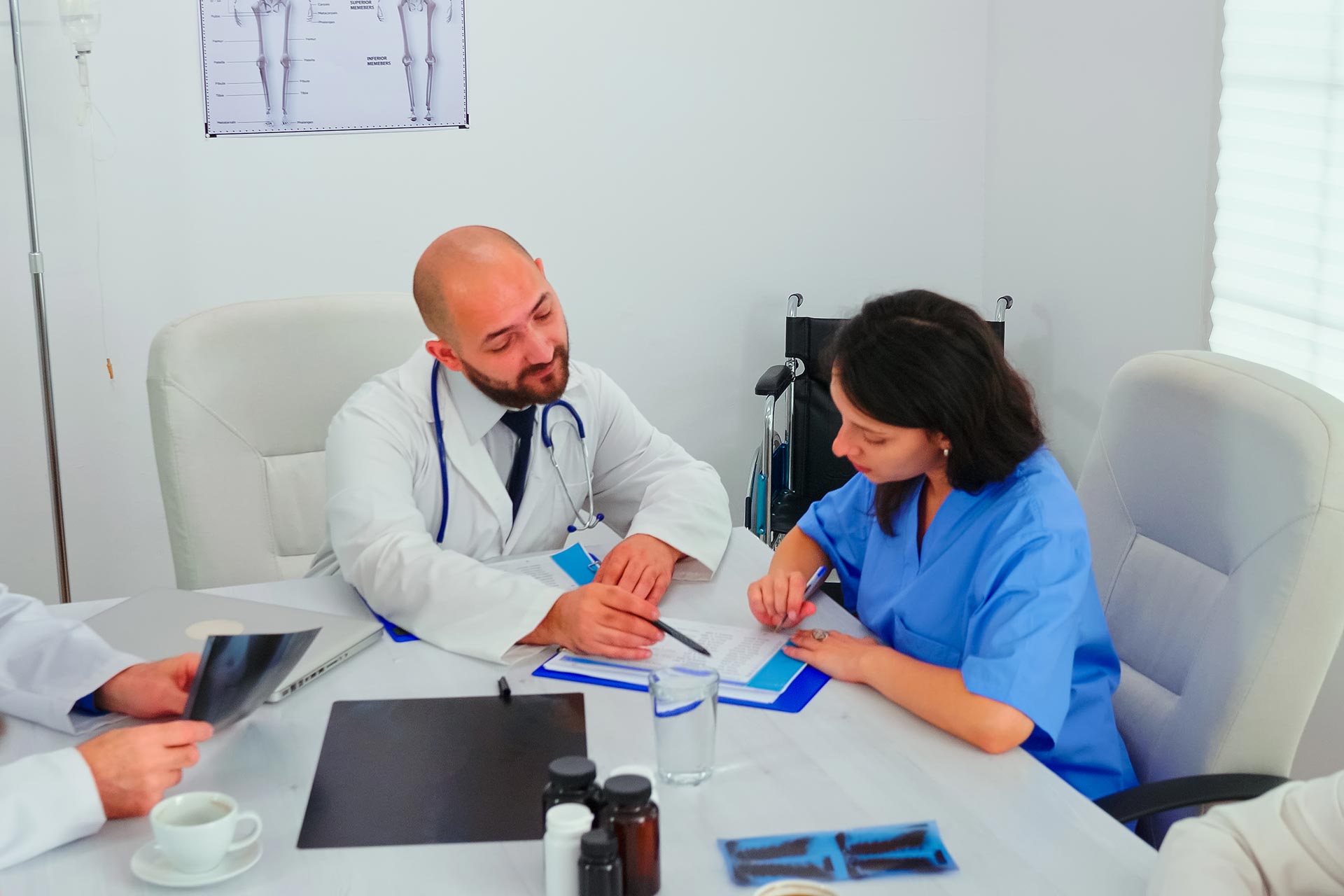
Summary
Intro
To identify and assess the prevalence of subjects at high risk for NAFLD/NASH non-alcoholic fatty liver disease who therefore have a high risk of liver fibrosis. Additionally, most the subjects with NAFLD have metabolic comorbidities such as obesity, diabetes mellitus and dyslipidemia, and have an increased overall mortality in comparison to subjects without NAFLD.
Full details:
Assessing non-alcoholic Fatty Liver disease
Assessing non-alcoholic fatty liver disease study (NASH) involves evaluating the presence, severity, and potential complications of a condition characterized by the accumulation of fat in the liver of individuals who do not consume excessive alcohol. NAFLD is a common liver disorder that ranges from simple fatty liver (steatosis) to non-alcoholic steatohepatitis (NASH), which involves inflammation and liver cell damage.
Description:
Non-alcoholic fatty liver disease (NAFLD) is a growing health concern worldwide, often associated with obesity, insulin resistance, type 2 diabetes, and metabolic syndrome. NAFLD encompasses a spectrum of conditions, with simple fatty liver being the least severe form and NASH being more serious due to the potential for inflammation, scarring (fibrosis), and progression to cirrhosis.
Assessment methods:
- Medical history and physical examination: A healthcare provider will review the patient's medical history, risk factors, and perform a physical examination. Risk factors for NAFLD include obesity, diabetes, high cholesterol, and metabolic syndrome.
- Blood tests: blood tests can measure liver enzyme levels, markers of inflammation, and indicators of liver function. Elevated liver enzymes may suggest liver inflammation or damage.
- Imaging techniques:
Ultrasound: a non-invasive imaging technique used to visualize the liver and assess fat accumulation.
Fibroscan or transient elastography: measures liver stiffness to estimate the degree of fibrosis in the liver.
MRI or CT: these imaging methods can provide detailed information about the liver’s structure, including the extent of fat and potential signs of inflammation or fibrosis.
- Liver biopsy: although considered the gold standard for diagnosing nash and assessing fibrosis, a liver biopsy is an invasive procedure that involves the removal of a small sample of liver tissue for examination under a microscope.
- Non-invasive scoring systems: various scoring systems and algorithms have been developed to estimate the severity of liver disease based on a combination of clinical, laboratory, and imaging data. Examples include the nafld fibrosis score and the fibrosis-4 (fib-4) index.


Assessment goals:
- Diagnosis: assessing nafld involves confirming the presence of fatty liver and distinguishing between simple fatty liver and more advanced stages like NASH.
- Severity: determining the degree of inflammation and fibrosis is important to understand the disease's progression and guide treatment decisions.
- Complication risk: identifying patients at higher risk of complications such as cirrhosis and liver-related complications is crucial for timely intervention.
Treatment and management:
Management of NAFLD involves addressing underlying risk factors such as obesity, diabetes, and metabolic syndrome. Lifestyle modifications, including weight loss through diet and exercise, are often recommended. Pharmacological treatments are being explored, particularly for NASH with advanced fibrosis.
Regular monitoring and follow-up assessments are essential to track disease progression and adjust management strategies as needed. Early identification and intervention are key to preventing further liver damage and complications associated with NAFLD. If you suspect you may have NAFLD or are at risk, it’s important to consult a healthcare provider for appropriate assessment and guidance.
The Growing Challenge of Fatty Liver Disease
Non-Alcoholic Fatty Liver Disease (NAFLD) is a serious health condition that affects millions globally. NAFLD is caused by an accumulation of fat in the liver cells not related to alcohol consumption, often linked with metabolic disorders like obesity and type 2 diabetes. If left untreated, it can progress to Non-Alcoholic Steatohepatitis (NASH), a more severe form that can result in liver damage, fibrosis, and even cirrhosis.
Why Does the Fatty Liver Disease Study Matter?
Participation in the Fatty Liver Disease Study offers a unique opportunity to advance medical research. By joining, participants may benefit from early liver condition detection through advanced diagnostics like ultrasounds, MRIs, and liver function tests. These tests help assess fat accumulation, liver inflammation, and fibrosis levels, giving participants vital insights into their health.
Key Benefits of Joining
- Early Diagnosis: Participants receive cutting-edge diagnostic tests that identify liver conditions even before symptoms appear.
- Access to New Treatments: The study explores innovative therapies that may reverse or prevent further liver damage.
- Regular Health Monitoring: Continuous health assessments track liver function, giving participants peace of mind.
- Compensation for Participation: All participants are compensated for their time and travel, ensuring financial ease.
NAFLD and Associated Risks
Individuals with risk factors such as obesity, high blood pressure, and type 2 diabetes are more prone to developing NAFLD. With its growing prevalence, NAFLD poses a significant risk to global health. By participating in the study, individuals can help researchers better understand the disease, leading to more effective treatments and improved outcomes for future patients.
If you’re concerned about your liver health or at risk for fatty liver disease, consider joining the Fatty Liver Disease research study today. Your participation could be the key to groundbreaking advancements in understanding and treating this widespread condition.
Get in Touch with Entrust Clinical Research
If you’re interested in participating in the Fatty Liver Disease Study or have questions about eligibility, don’t hesitate to reach out to Entrust Clinical Research. Our dedicated team is here to guide you through the process, provide more details about the study, and assist with any inquiries. Whether you’re curious about the benefits, study protocol, or anything else, we are ready to help.
For further information, contact us through our contact page and take the first step toward better liver health today